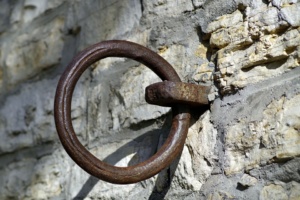I noted a friend posting to our Gaulding Cousins facebook group about how many of “us” there are in the world.
Gaulding

Gaulden

Gauldin

It’s not a lot to be sure – we can absolutely say we are a rare breed.
Every time I have an opportunity I jump into the post to share my connections via DNA testing and my relationship trail. This will, hopefully, entice others of my Gaulding cousins to DNA test and share their well-documented family history (or not – I am not beyond working someone’s history so it is documented if I can).
I thought I would share the steps I took to quickly and succinctly share my information.
Answer The Post
Don’t just bomb a Facebook or other social media feed with your idea. Even if you are adding a link to a blog post of your your own be careful not to wear-out your welcome by over posting or repetitive posting.
In this particular post I had two things I added – first one person answered about one of the derivative names, Gaulden or Gauldin, “those who kept the name…” I commented that Gaulding is the root of our name. That Gaulden and Gauldin were derivatives of Gaulding. This is the first known spelling in this part of the world – it is attributed to John Gaulding, (abt.) 1665 (unknown but assumed to be England)-1740, New Kent County Virginia.
Second, the original poster and I discussed the fact that we are not related to the Golden family (he is a Golden).
DNA

The Golden et al (which includes we Gaulding cousins) FTDNA Group Project includes 223 YDNA tested males. Of these, there are 11 instances of the Gaulding/in/en surname.

Unfortunately the Golden Group Project does not have the earliest known surnames (EKA) shown in the results. If they were we could see that the Gaulding/en/ins would be all grouped together since we share YDNA.

Also, knowing the EKA can give good hints as to the origins of these families. This is not an FTDNA setting but a setting the group administrator can allow or not, depending on how they see the need for privacy for the group members.
I also posted my father’s name on FTDNA to the Facebook discussion so people who do test can see their connection to me. Then I posted his mitoYDNA.org kit ID. mitoYDNA.org is a free and accessible YDNA and mtDNA database where one can compare and match and run tools on results from any and all possible DNA testing companies, past present and future.
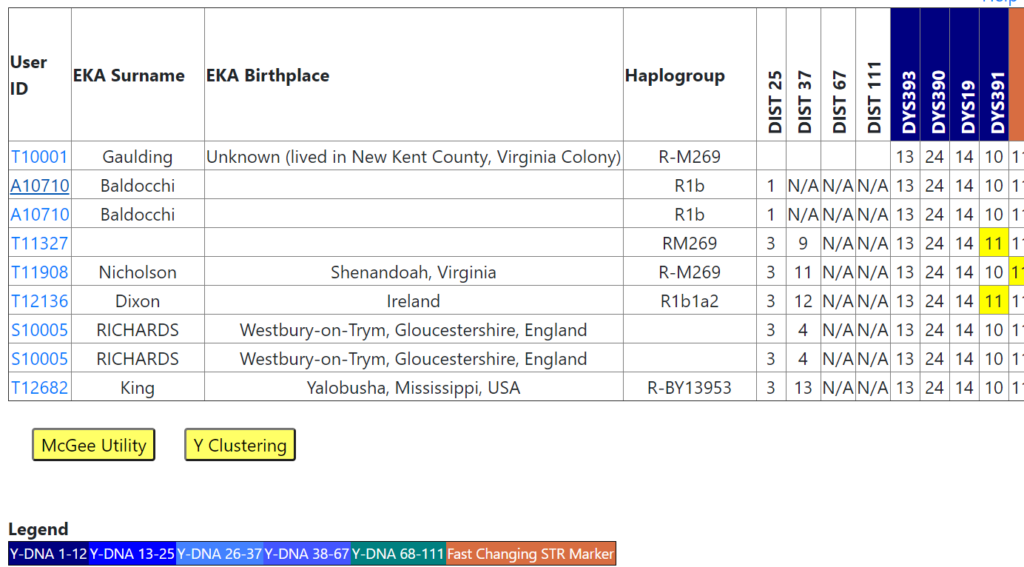
There are no other Gauldings on mitoYDNA.org, yet (we are rare) so I ran this with a very wide search parameters. I can tell you that the closest match up is Tsar Nicholas. I know! Cool!
Talk About Family Connections and DNA
I posted about my specific DNA matches and our connections back to John Gaulding of New Kent County, Virginia. About how the two connections who shared their DNA and their family histories with me, briefly, without identifying them – privacy. I also mentioned that I have one match that surely goes back but there is a gap in the paper trail.
I then jumped over to WikiTree and ran a “Relationship To Me” with my fathers ID and John Gaulding, 1665 and posted that to my post.

It’s easy to share information in a family group in Facebook. It’s easy also to incorporate tools available to help those in the group see how these tools work.
Hope more of us rare Gauldings do some more DNA testing!


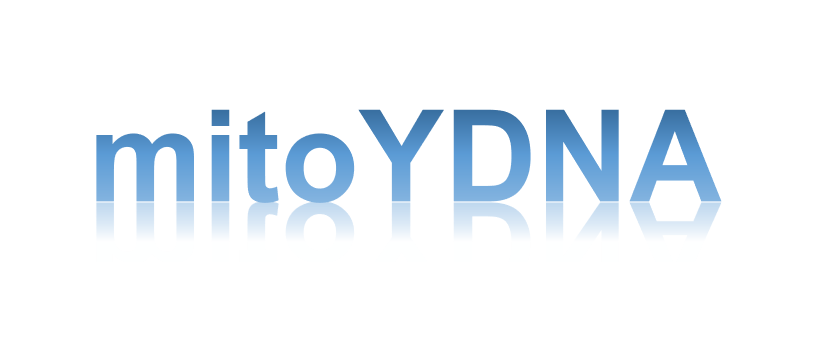
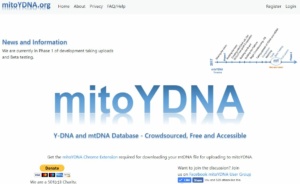
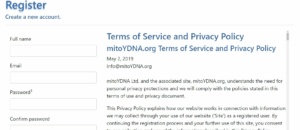
 When you create a kit, you will download your results in a CSV file for YDNA, from your testing company to your computer then upload it to mitoYDNA. For mtDNA you will download a chrome extension (for Google Chrome) which will download your mtDNA results from your testing company to your computer then you can upload it to mitoYDNA. For more on how to download your Y-DNA and mtDNA and upload to mitoYDNA please visit our
When you create a kit, you will download your results in a CSV file for YDNA, from your testing company to your computer then upload it to mitoYDNA. For mtDNA you will download a chrome extension (for Google Chrome) which will download your mtDNA results from your testing company to your computer then you can upload it to mitoYDNA. For more on how to download your Y-DNA and mtDNA and upload to mitoYDNA please visit our 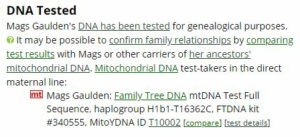
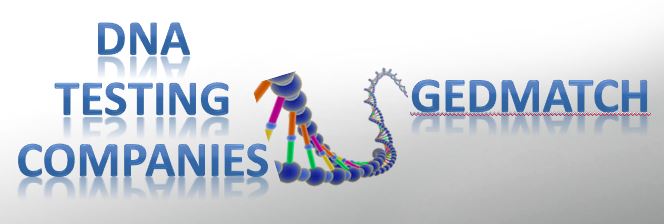
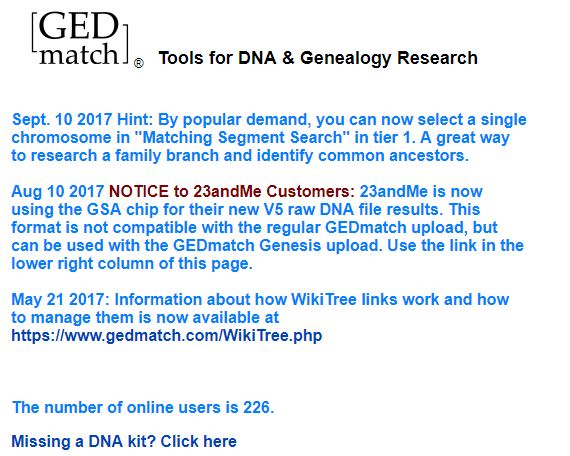
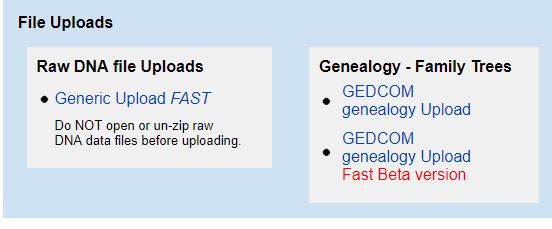 Once you are on your Profile page you will see the above box on the right of your page. Click on the Generic upload and it will take you to:
Once you are on your Profile page you will see the above box on the right of your page. Click on the Generic upload and it will take you to:
